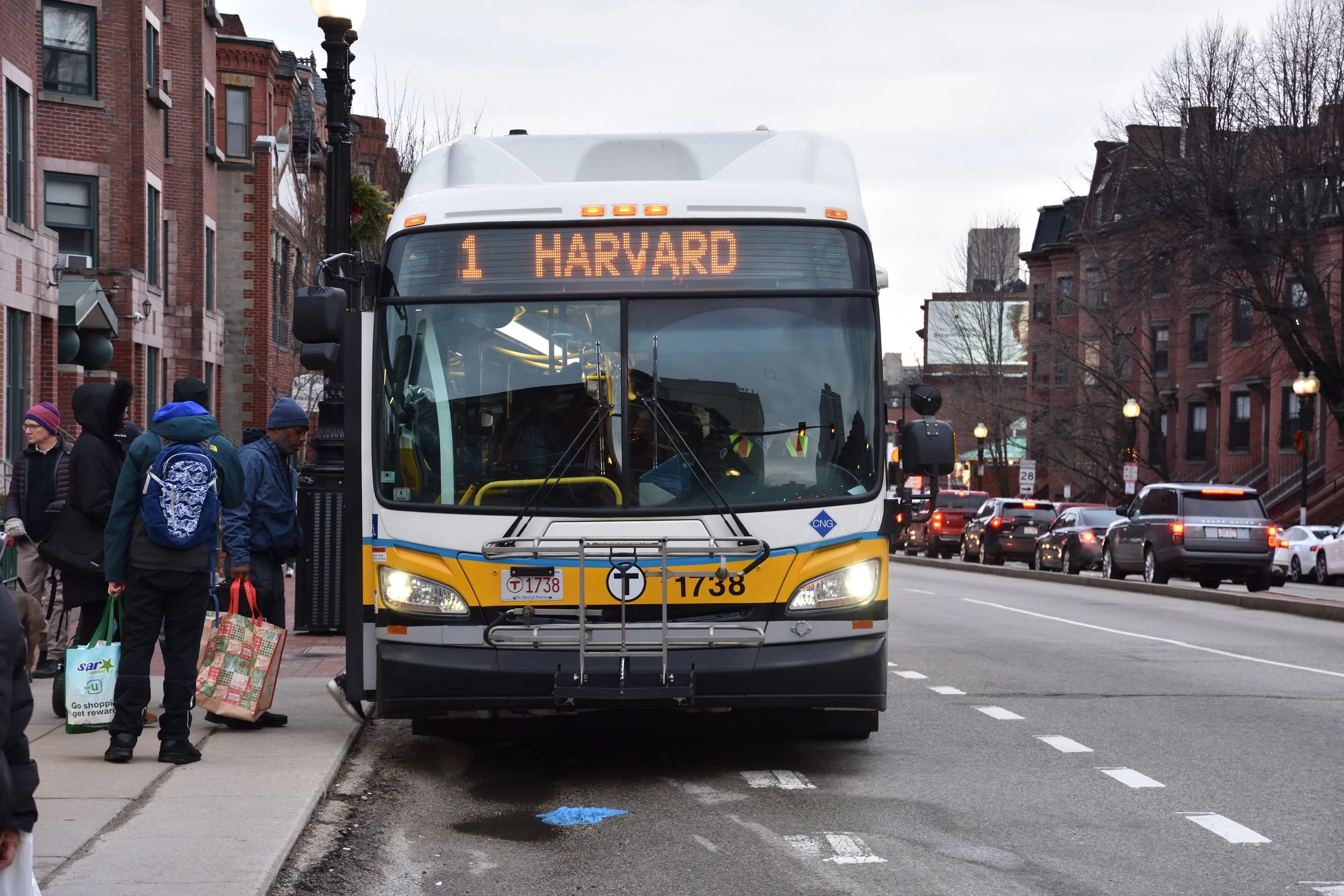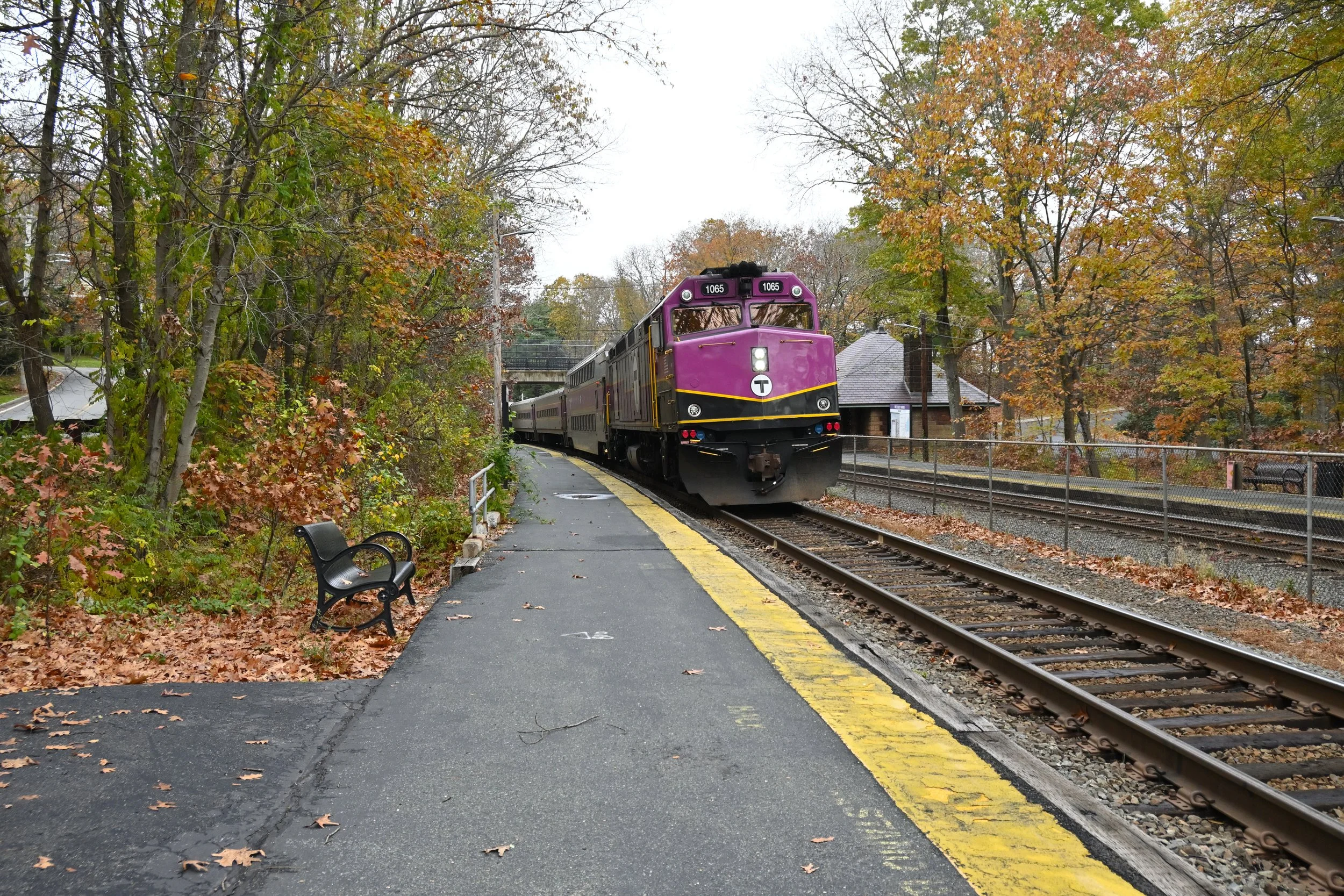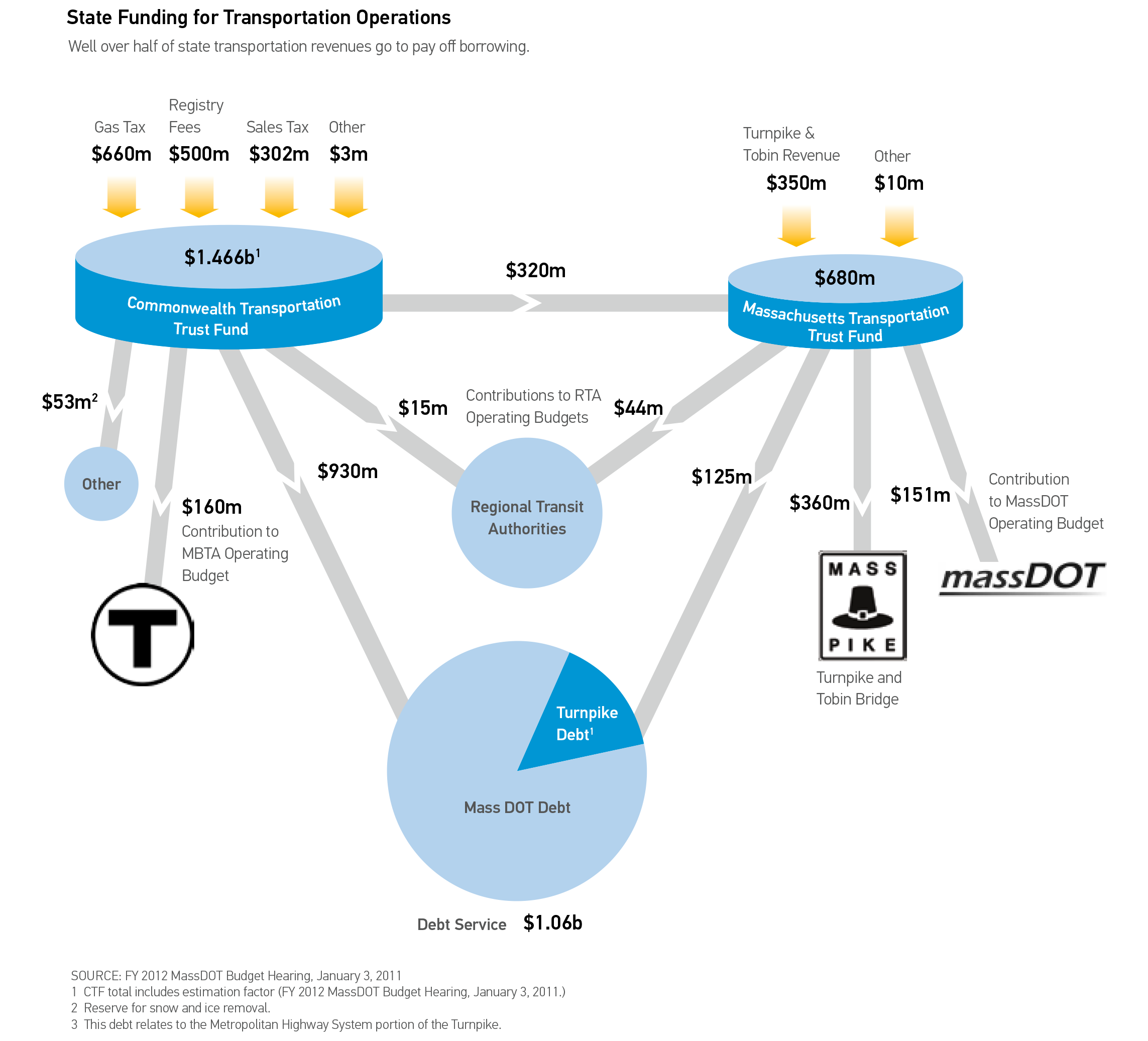Below is the full transcript of the public comment our Executive Director, Jarred Johnson, presented to the MBTA Board on August 24, 2023:
“Good morning, Secretary Fiandaca, Chair Glynn, General Manager Eng, members of the board, and staff. I appreciate the opportunity to provide public comment.
My name is Jarred Johnson, the Executive Director of TransitMatters and a frustrated T rider.
The work of turning around an agency beset with a myriad of problems is no mean feat. I hope I have expressed gratitude for this board and the welcome change in leadership in the C-Suite.
However, for people who don’t read the Globe, or attend Boston Chamber breakfasts, for the riders struggling to get to work on time every day, or trying to make a doctor’s appointment on time. In other words, the many people who depend on the Red Line, which is 40 min slower than at the start of this administration, or the 1 bus, which saw yet another service cut earlier this year, or the Orange Line, which is 10 min slower than before the shutdown. Those riders could be forgiven for thinking nothing fundamentally has changed.
If this sounds harsh, then let’s be clear: the reality of their daily transit commutes is harsh. And harsh is not acceptable. I’m trying to bring in the voices of the people who can’t make a 10 a.m. meeting. I have tried to say this every single way possible: this agency is in danger of entering a death spiral. And if that happens, it will be because this agency is moving too slowly to show riders it is making progress, or that it cares about them.
The ending of the “Show Your Charlie Card” is a small thing, but in my mind, it says a lot about how this agency sees the current landscape and how out of touch that view is.
I also want to highlight the stark difference in how MassDOT had people out at Haymarket one year before the start of Sumner Tunnel work to alert drivers well in advance. It then asked the T to pay for free Blue Line service as well as subsidize Commuter Rail and ferry service. It had elected and senior administration officials riding the T, and it provided up-to-date information to encourage usage of public transit.
These efforts show that you can try to effect mode shift and make people’s lives better in spite of infrastructure challenges when it’s a political imperative.
My argument isn’t that the T and MassDOT shouldn’t have done this for the 50,000-odd drivers using the tunnel, but that it should be the standard for 90,000 Red Line riders or nearly 300,000 bus riders.
I care so deeply about this system and I think it’s key to our housing, climate, economic, and equity goals. I shouldn’t have to beg the administration to act like it.
It’s time for that fundamental shift so promised in campaign speeches and first-day remarks to happen. I mean this in terms of communication, in terms of transparency, and in terms of taking decisive, visible, and immediately effective actions that make rider’s lives easier while you work on the things that will take more time. I also mean this in terms of coming clean with the legislature and the public about the significant looming operating budget crisis and the overall continued underfunding of the transit and rail system. This system needs an unprecedented infusion of new funding over the next ten years to remake the system. Incrementalism has left this agency and this administration playing a futile game of transit whack-a-mole. It won’t work, it isn’t working, and it will be a terrible legacy for you all to have.
I’ll close by saying that the T’s posture of conservatism—withholding information like the Capital Needs Assessment, saying nothing other than the truth even if it’s bad news—has not helped it in the past. It hasn’t led the legislature to act. It hasn’t made the T a bigger priority for previous governors. And there’s no indication that this will change.
I want this agency to treat the slow zones and dropped bus trips wasting precious hours of riders’ lives like an emergency.
I want the T to treat the extreme gulf of capital funding available to meet the need, which I know is likely 2x that of previous estimates like an emergency. I want the T to treat riders with the dignity and respect they deserve. And to fight for them, and indeed the future of our region.”
Below is the full transcript of the public comment our Policy Analyst and Programs Manager, Katie Calandriello, and TransitMatters Labs Co-Lead presented to the MBTA Board on August 24, 2023:
“Good morning, Secretary Fiandaca, Chair Glynn, General Manager Eng, members of the board, and staff. Thank you for allowing us to comment this morning on behalf of TransitMatters.
My name is Katie Calandriello, Policy Analyst and Programs Manager at TransitMatters, and we would like to respond to the current state of slow zones on our subway as highlighted by the Slow Zone Tracker on our Data Dashboard.
We're encouraged by the state of slow zones on the Blue Line, but we continue to be concerned about the state of the Orange and Red Lines. In the former case, on the Orange Line, slow time is up 220% since before the shutdown last fall. In the latter case, slow time across the Red Line has increased 58% since July 20, putting it within 15 minutes of the post-inspection 83-minute peak on April 13 earlier this year.
This demonstrates that our slow zones have not been fixed, and in some cases have gotten worse. However, these aren’t just lines on a graph. Our riders are feeling these slow zones too.
TransitMatters urges the MBTA to continue the “Show Your Charlie Card” program on Commuter Rail lines running adjacent to our subway system until slow zones return to their March 9, 2023 levels, before the blanket speed restrictions and track inspections.
This policy was enacted to provide alternative service to riders with ongoing slow zones and it is the duty of the MBTA to continue this service until slow zones are ameliorated.
In a time when our transit system is in one of the worst conditions it’s ever been in, we need to be doing everything we can to get riders where they need to be, safely, quickly, and reliably.
It’s small policies like this that can help our transit network bounce back.
Thank you.”








